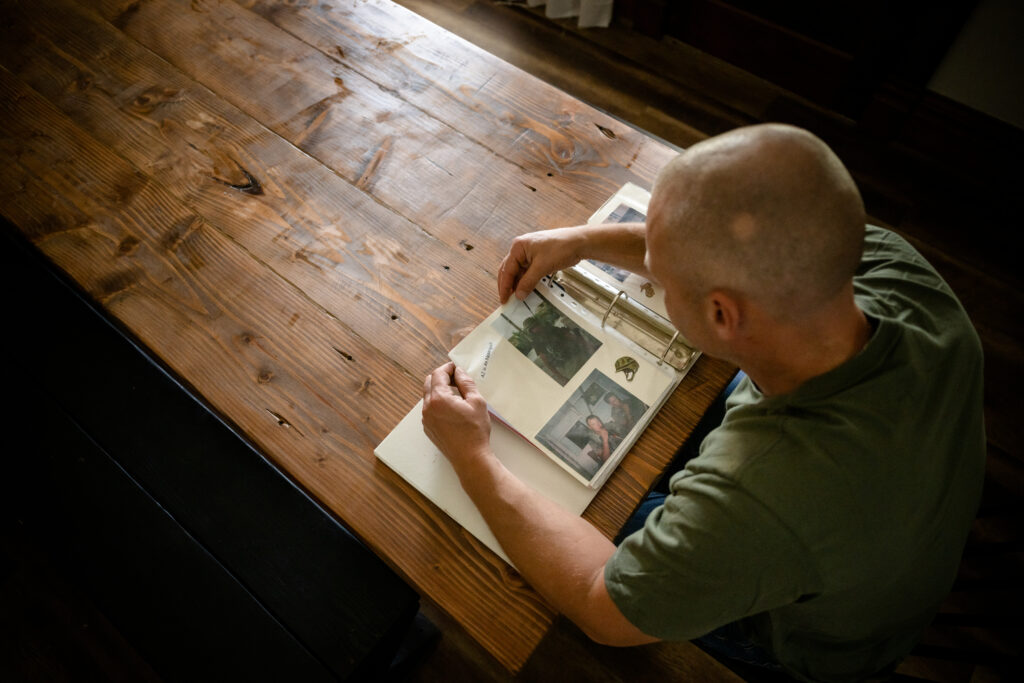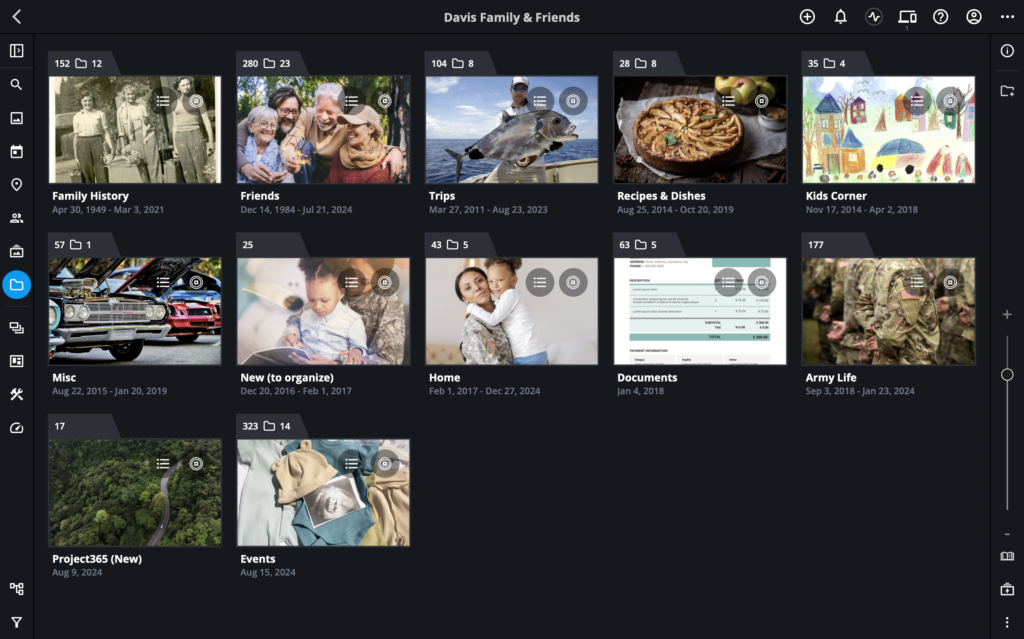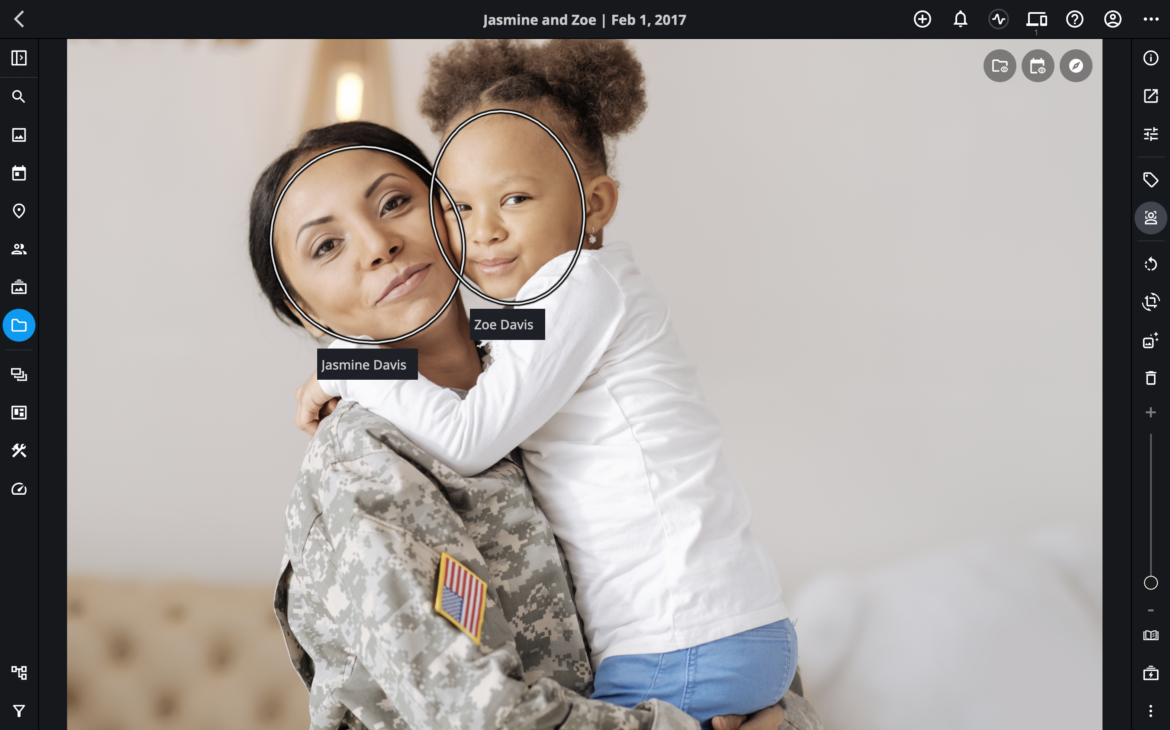During a rare moment of connectivity at her deployment base in South Korea, a service member opens her family’s shared photo library. There it is – her 6-year-old daughter proudly displaying the gap in his smile, tooth fairy money clutched in his tiny hand. Though 7,000 miles away, she can still witness this milestone, alongside soccer games, homework drawings, and everyday moments that keep her connected to home. These visual connections aren’t luxuries for military families—they’re lifelines.
The Reality of Military Family Separation
Military life creates a unique challenge: families who sacrifice to protect connections between nations often struggle to maintain connections within their homes.
- Military families move every 2-3 years on average.
- Deployments separate families for 6-18 months, often with limited communication.
- Over half of active-duty personnel have children.
What statistics don’t capture is how these separations affect daily family life. When deployment or relocation creates physical distance, shared visual memories become the bridges that keep families emotionally close.
Military spouses often describe a familiar heartache: “When my spouse deployed, our daughter was only eight months old. By the time they returned, she was walking and talking. I took hundreds of photos, but they were scattered everywhere, and there was no easy way to share these moments.”

This separation creates two problems: disconnection from ongoing family moments and the potential loss of these precious visual records.
The Paradox: Creating More Photos, Preserving Fewer Memories
Military families take more photos than ever before, yet struggle to use these images to stay connected. Why?
Scattered photos can’t create a connection. Images scattered across multiple phones, social accounts, and computers become inaccessible during critical moments, like when a child asks, “Remember when we went fishing?” during a deployment video call.
Internet-dependent solutions fail when needed most. Military life often means unpredictable internet access. Cloud-only solutions become useless during deployments with limited connectivity or PCS moves when home internet is disconnected for weeks.
Privacy concerns limit authentic sharing. Many families avoid sharing real moments on social media due to security concerns. Without alternative sharing methods, these moments stay isolated on individual devices.
Digital fragmentation mirrors physical separation. When each family member has their separate photo collection, it creates additional psychological distance.

Creating a Shared Visual Space: How Military Families Bridge the Gap
Forward-thinking military families create a private, shared family photo library to solve connection and preservation challenges. They establish meaningful rituals around photo sharing during deployments. Family members at home select photos from their day to add to the family’s shared library. When connectivity allows, the deployed service member can sync these new additions.
Because Mylio does not require cloud storage or constant internet access, service members can carry their entire family photo collection on a laptop—accessible anytime, even during internet blackouts. These visual touchpoints to family life provide crucial emotional support during challenging deployments.
Preserving Multi-Generational Military History
After multiple deployments and PCS moves, many military families discover they’ve lost irreplaceable photos. Each move creates vulnerability—hard drives fail, cloud accounts get forgotten, phones break. First steps, birthdays, and graduations can disappear forever.
With Mylio, families maintain a library containing current photos and digitized images from previous generations’ military service. This creates a continuous visual history that connects current service to family military legacy. When properly organized and protected, these memories become portable, allowing service members to take their entire family history with them, accessible with or without internet.

Bridging Generation Gaps During Deployment
Young children struggle with understanding a parent’s deployment. They may not grasp time and distance, but they understand photos. A shared photo library creates continuity during a parent’s absence. Families establish routines of looking through photos together each night, helping children maintain their connection to the deployed parent.
Because Mylio works across devices without internet access, children can browse family photos on a tablet even during power outages or while traveling without Wi-Fi. Many families report that this visual continuity helps reintegrate when the service member returns. Children who regularly engage with family photos during separation often reconnect more easily with the returning parent.
Beyond Storage: Creating Connection Through Visual Memory
What these families have discovered goes beyond simply storing photos. They’re creating a shared visual space that exists independent of physical location—a family memory hub that:
- Works anywhere: Whether deployed in remote locations or during a PCS move, photos remain accessible
- Ensures privacy: Unlike social media, personal family moments remain completely private
- Preserves automatically: Protection against device failure means memories survive without constant effort
- Connects generations: From grandparents to children, everyone shares the same visual space
- Bridges transitions: Through deployments and relocations, visual continuity helps maintain connections

Starting Your Family’s Visual Connection Space
For military families looking to create this type of connection through photos, consider these steps:
- Choose a solution that works offline: Military life demands flexibility—your memories should be accessible without internet connectivity
- Prioritize privacy: Select tools that don’t require uploading to public servers
- Ensure cross-device compatibility: Military families use diverse devices—ensure everyone can participate
- Create sharing rituals: Establish simple practices like daily photo updates that maintain connection
- Focus on connecting, not just storing: The goal isn’t just archiving photos—it’s creating meaningful interaction
Military families understand that a powerful connection doesn’t require physical presence. When managed thoughtfully, your photos can bridge any distance, creating continuity despite the challenges of military life. The moments that matter most—first steps, lost teeth, graduations, or just ordinary Tuesday afternoons—need not be casualties of military separation. With the right approach, they become the bridges that keep your family connected across any distance.
Mylio provides military families a secure, private photo library that works across all devices with or without an internet connection. Learn more about how Mylio can help your family stay connected at mylio.com.

